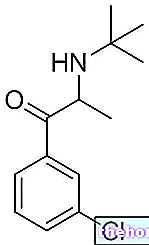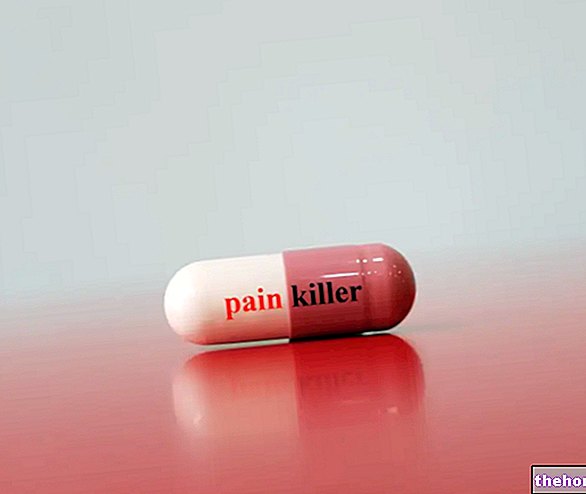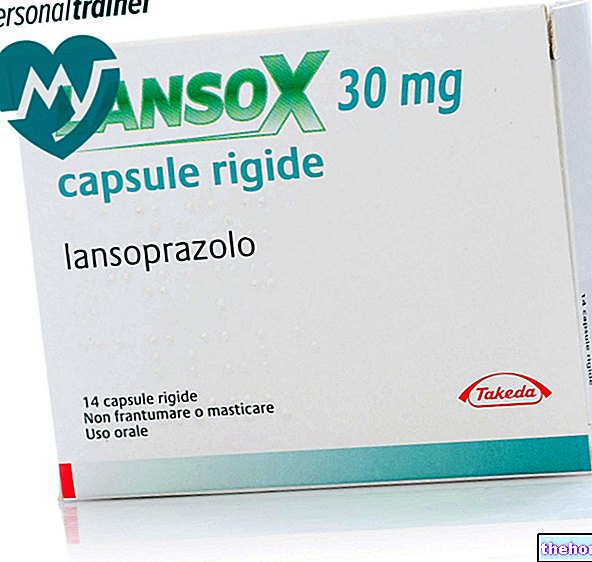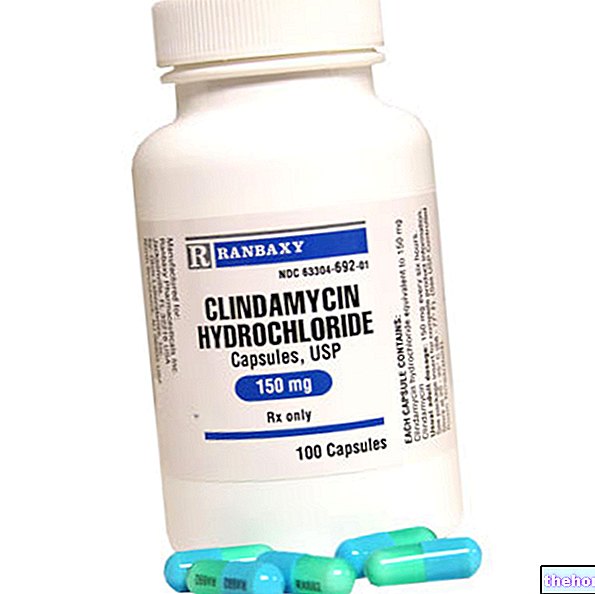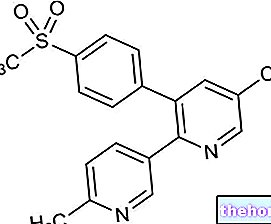The intramuscular route requires the active principle to be suitably formulated, then dissolved in an aqueous liquid or in an oily liquid.
Routes of Administration
- ENTERAL
- Oral
- Sublingual
- Rectal
- PARENTERALS
- Intravenous
- Intramuscular
- Subcutaneous
- INHALATION
- TRANSCUTANEOUS
The dissolved active ingredient is injected into some muscle areas of our body, which are mainly the buttocks, shoulder deltoids and thigh muscles. Like all routes of administration, even the intramuscular one requires special precautions, such as the use of specialized personnel (even if the injection technique can be easily learned) and the use of specific equipment (aseptic syringes).
The rate of absorption of the active ingredient administered intramuscularly may depend on the type of tissue perfusion (absorption in the deltoid is faster than that in the buttock), on the type of vascularization, on the amount of adipose tissue (much more adipose tissue is present and the more slowly the active principle is distributed), by the characteristics of the drug and the active principle, by the properties of the solution and by the "use of the" hyaluronidase enzyme. This last one, in fact, depolymerizes the collagen reducing its consistency and increasing the "total contact area.
Intramuscular injection does not require the administration of large quantities of solution or suspension (max. 5 ml.). The solutions that are injected can be at non-physiological or physiological pH. If the pH of the solution is not physiological there will be a possible precipitation of the active principle, with consequent delay in reaching the site of action. Conversely, if the pH of the solution is physiological, the absorption of the active principle increases accordingly.
The intramuscular injectable solutions, in addition to being of the aqueous type, can also be of the oily type and in this case the absorption of the active principle is slowed down. This method is mainly used in the RETARD formulations, precisely because they gradually release the active principle, reducing so is the frequency of administration.
The advantages of the intramuscular route are:
- reliability;
- precision;
- quick action.
Absorption is rapid, more so than in the subcutaneous route;
Drugs that are too irritating to the subcutaneous route can be administered intramuscularly;
The absorption can be made faster or slower; for example, it is generally rapid for aqueous solutions. The oily solutions are absorbed more slowly than the aqueous ones (from a few hours to a few weeks) and the aqueous suspensions more slowly than the aqueous ones. aqueous solutions.
The potential disadvantages of the intramuscular route are:
- ache;
- local tissue necrosis;
- vascular or nerve injury;
- bacterial contamination.
- it is more painful than the subcutaneous route;
- the rate of absorption of the same drug can vary considerably if the local blood flow is varied by local heating, massage or exercise;
- vasoconstriction with drugs cannot be used to slow down absorption, as it can be done in the subcutaneous route;
- it is not used during treatment with anticoagulants;
- in practice it can cause local muscle damage with increased ck (creatine kinase) levels (interference with diagnostic tests).

Other articles on "Intramuscular route of administration"
- Parenteral routes of administration
- Route of subcutaneous administration

